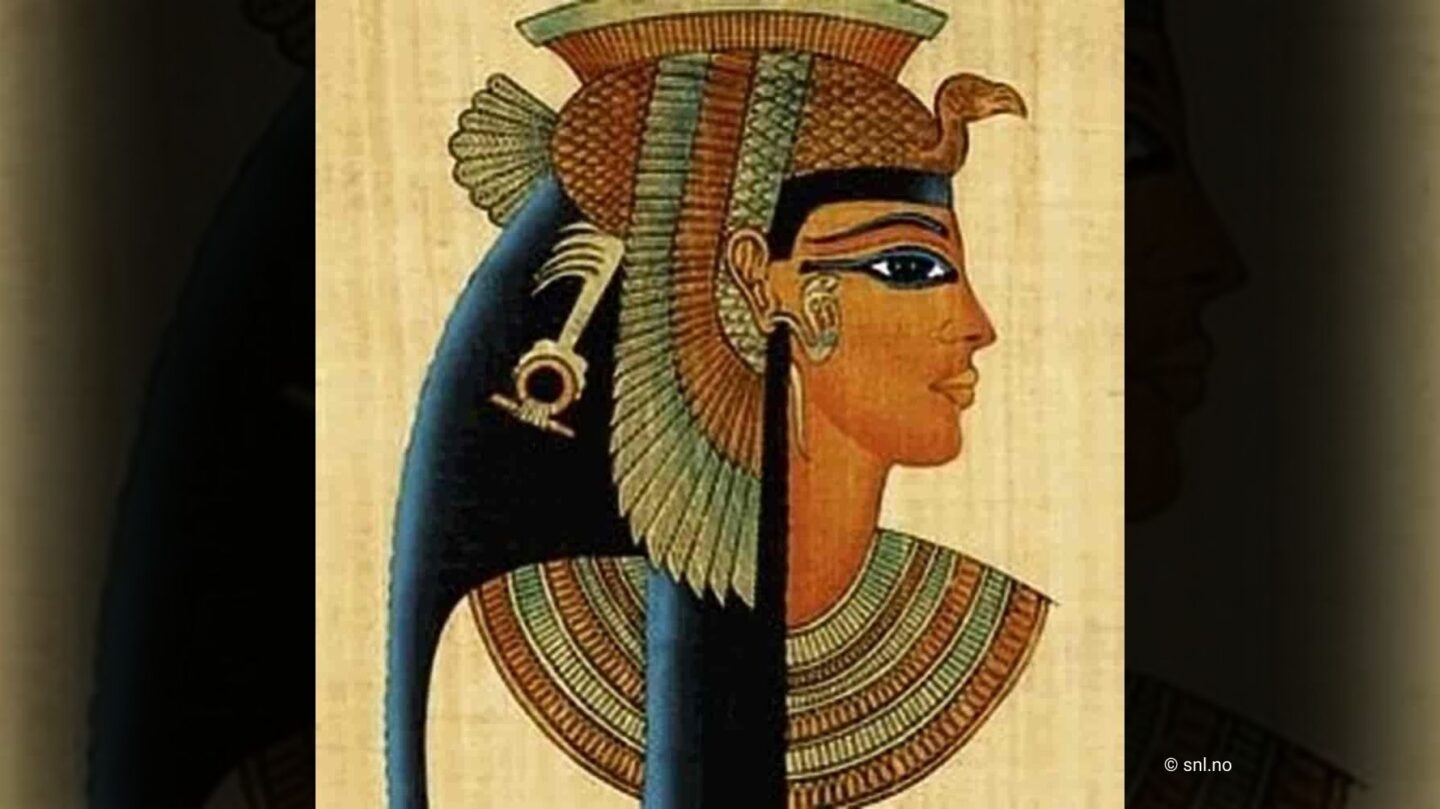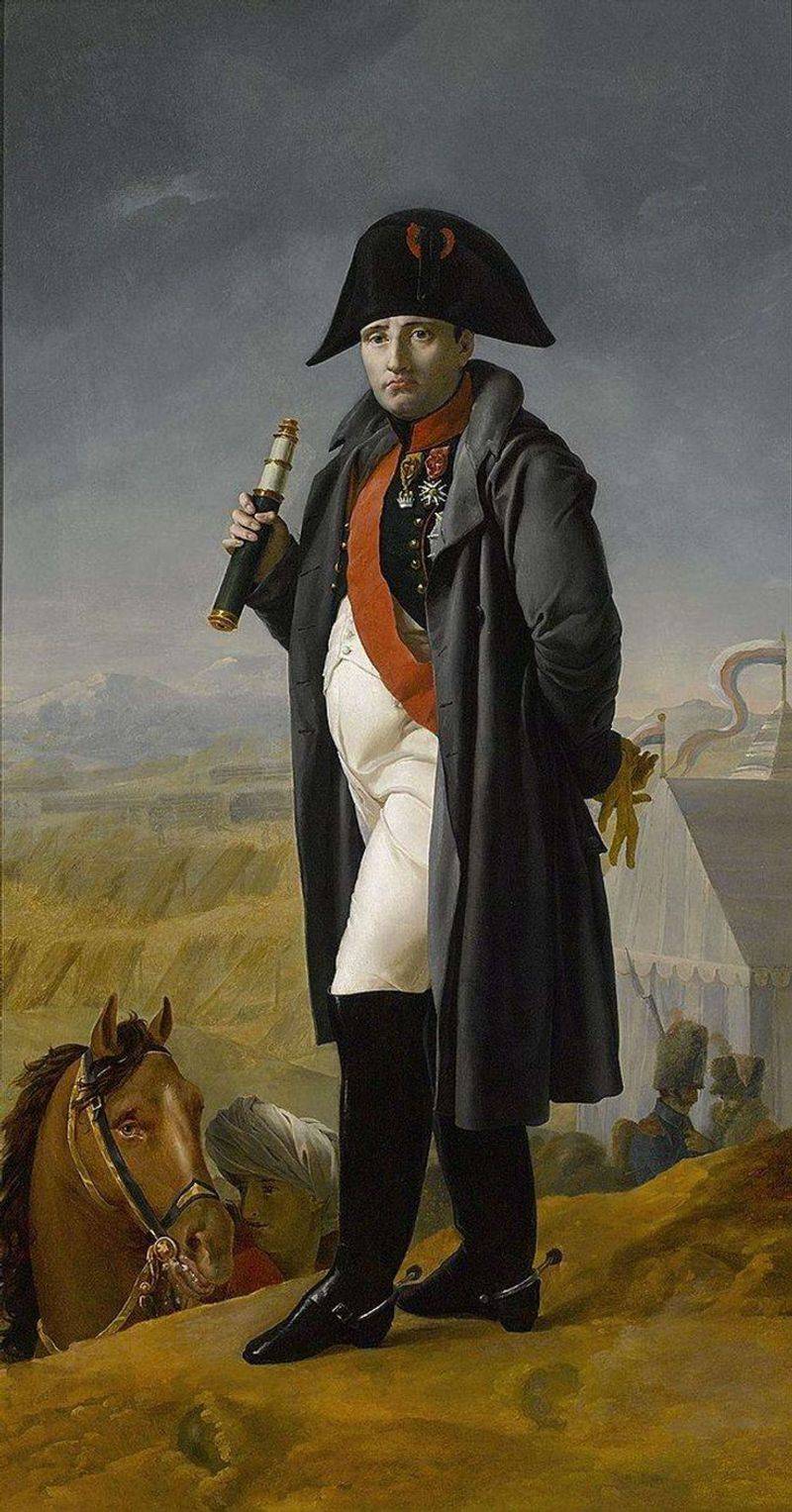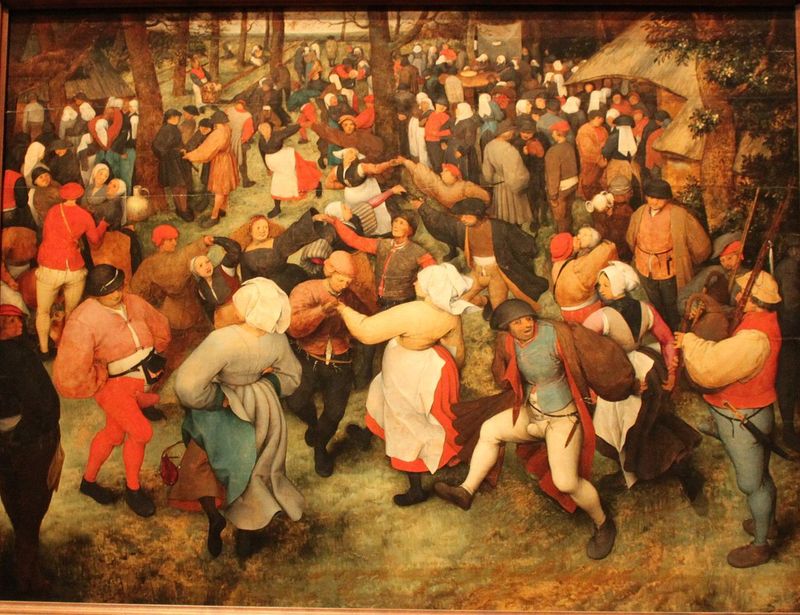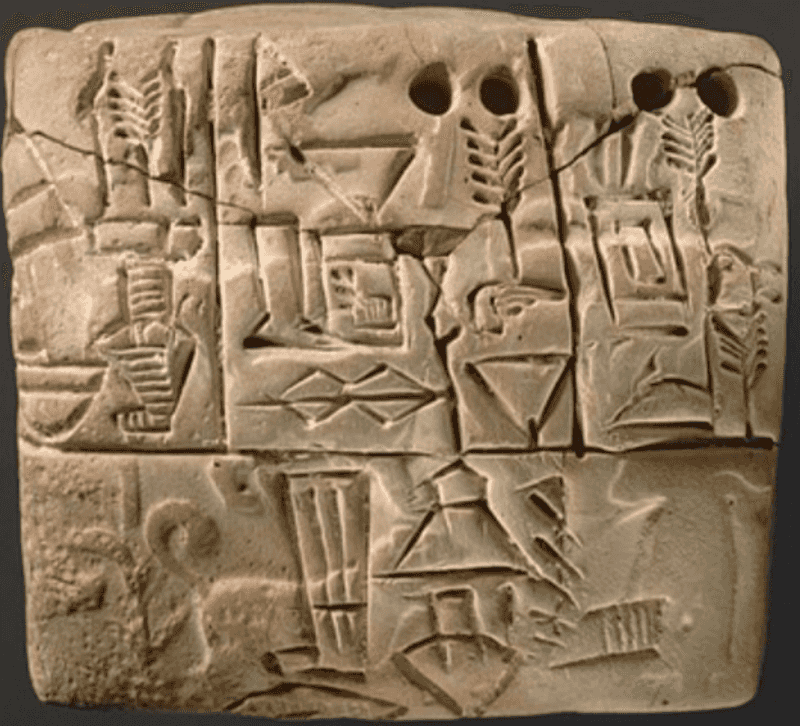History is filled with surprising facts that challenge our understanding of the past. From unexpected inventions to overlooked figures, these stories reveal the rich tapestry of human experience. In this post, we’ll explore ten remarkable historical facts that will offer new perspectives and a deeper appreciation of history’s complexity. Each fact, complete with an engaging description and a vivid image prompt, invites you to see history in a whole new light.
Napoleon Wasn’t Short
Did you know that Napoleon Bonaparte was not actually short? Despite popular belief, Napoleon’s height was average for his time. He stood at approximately 5 feet 7 inches, a respectable height in the 18th century. The myth of his short stature likely arose from a mix-up between French and English inches and was further popularized by British propaganda.
Understanding this misconception changes the way we view Napoleon’s personality and leadership style. Instead of compensating for a lack of height, he was simply a powerful figure with grand ambitions. Imagine how history might have been different if this truth was widely known!
The Great Emu War
Australia once waged war on emus—and lost. Known as the Great Emu War of 1932, this bizarre conflict saw Australian soldiers armed with machine guns attempting to curb the emu population that was overrunning farmland.
Despite their efforts, the emus proved too resilient, and the ‘war’ ended in failure. This peculiar event highlights the challenges humans face when attempting to control nature. It serves as a reminder of the unpredictable outcomes when man battles wildlife. The Great Emu War stands as a humorous yet insightful lesson in humility.
Eiffel Tower’s Secret Apartment
Gustave Eiffel, the mastermind behind the Eiffel Tower, had a secret apartment at its summit. Reserved exclusively for him, this private space was adorned with elegant furnishings and scientific equipment.
Eiffel used the apartment to entertain illustrious guests, offering them breathtaking views of Paris. The existence of this hidden nook reflects Eiffel’s multifaceted character as both an engineer and a patron of the sciences. Today, visitors can glimpse this intriguing part of history, shedding light on the personal side of one of France’s most famous landmarks.
The Dancing Plague of 1518
In 1518, residents of Strasbourg were struck by a sudden and uncontrollable urge to dance. Known as the Dancing Plague, this mysterious event saw dozens of people dancing for days without rest, leading to exhaustion and even death.
Historians speculate about the causes, ranging from mass hysteria to ergot poisoning. The Dancing Plague challenges our understanding of the human psyche and societal reactions to stress. This enigmatic occurrence highlights the historical complexities of mental health and community responses to crisis, demonstrating that some past events remain unsolved mysteries.
Cleopatra Wasn’t Egyptian
Cleopatra VII is often remembered as the iconic Egyptian queen, but she was actually of Greek descent. Her family, the Ptolemaic dynasty, hailed from Macedonia. Cleopatra was the first in her lineage to embrace the Egyptian language and culture fully.
This historical twist paints Cleopatra as a savvy ruler who used her heritage to strengthen her grip on power in Egypt. Her ability to navigate two cultures allowed her to maintain influence in a male-dominated world. By understanding her true background, we see Cleopatra as a complex leader who defies simple categorization.
Einstein’s Brain Travels
After Albert Einstein’s death in 1955, his brain was removed and traveled the world. Pathologist Thomas Stoltz Harvey took the brain, believing it held clues to Einstein’s genius. Over the years, it was dissected, studied, and sent to various researchers.
The journey of Einstein’s brain raises ethical questions about consent and the treatment of intellectual legacies. While scientific curiosity seeks to uncover the secrets of brilliance, the saga of Einstein’s brain serves as a complex tale of science and morality. It prompts us to consider how we honor the legacies of great minds.
The Oldest Known “Your Mom” Joke
Humor transcends time, as evidenced by the world’s oldest known “your mom” joke. Dating back to 1500 BC in ancient Babylon, this joke was inscribed on a tablet in cuneiform script.
This lighthearted find reminds us that humor and wit are innate human traits, bridging cultural and temporal divides. The ancient joke not only entertains but also connects us to our ancestors, revealing the timeless nature of comedic expression. It challenges the notion that past societies were humorless, providing a humorous lens through which to view history.
Ketchup as Medicine
Believe it or not, ketchup was once sold as medicine. In the early 19th century, Dr. John Cook Bennett claimed that tomato ketchup could cure ailments like indigestion and jaundice.
This fascinating tidbit highlights the evolving nature of medicine and public health beliefs. While today’s ketchup is a beloved condiment, its medicinal past offers insight into historical medical practices and the persistence of unverified health claims. This story encourages modern readers to critically examine health fads and the importance of scientific validation in public health.
Roman Gladiator Sweat
In ancient Rome, gladiator sweat was considered a prized beauty product. Vendors collected and sold it as a skin tonic, believed to enhance complexion and vitality.
This unusual practice illustrates the lengths to which people will go for beauty, a pursuit that transcends time. Gladiator sweat’s popularity also reflects societal values and the allure of celebrity culture in ancient Rome. The story of this peculiar trend provides a historical perspective on beauty standards, prompting reflection on modern equivalents in today’s world.
Hitler’s Art Rejection
Before becoming one of history’s most infamous figures, Adolf Hitler aspired to be an artist. In 1907 and 1908, he applied to the Vienna Academy of Fine Arts but was rejected twice.
These rejections altered the course of history, fueling Hitler’s resentment and subsequent political path. This pivotal moment prompts reflection on the role of personal experiences in shaping world events. Understanding this facet of Hitler’s life underscores the unpredictable nature of history, where seemingly minor events can have far-reaching consequences.










